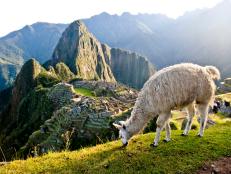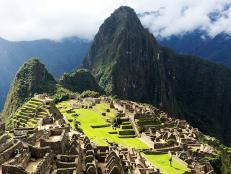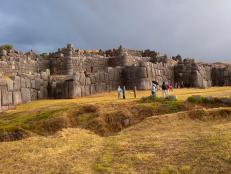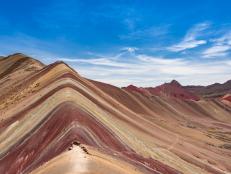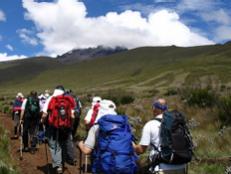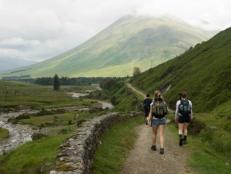Machu Picchu Isn't the Only Place to Go in Peru
Why try to battle the more than 400,000 annual visitors to South America's most popular historical destination? Peru has so much more to offer. Here are nine of our favorite, less crowded options so you can get up close and personal with the ecological and cultural legacy of this South American destination.
By:
Geoff Nudelman
Shop This Look
Tambopata National Reserve
Near the Bolivian and Brazilian borders, the Reserve is home to one of the most diverse habitat systems in the world. There are a number of different excursions and adventures available to immerse oneself in this incredible environment. Ecotourists can take part in conservation efforts throughout the Reserve too.
